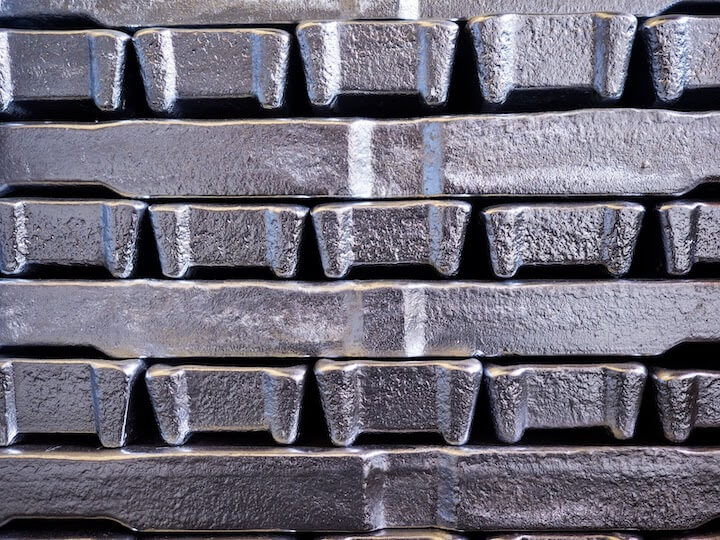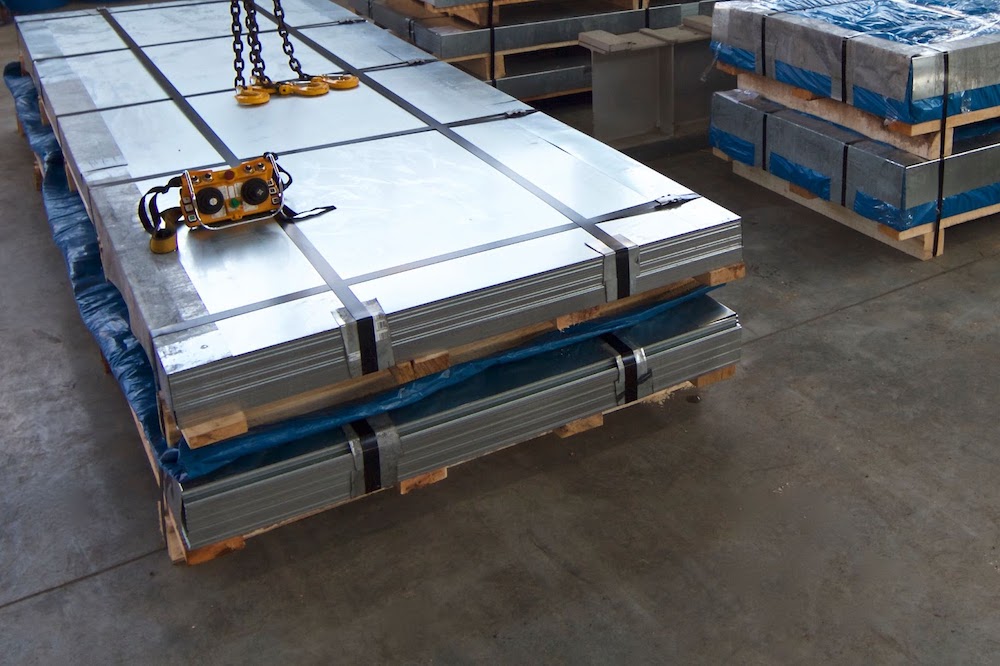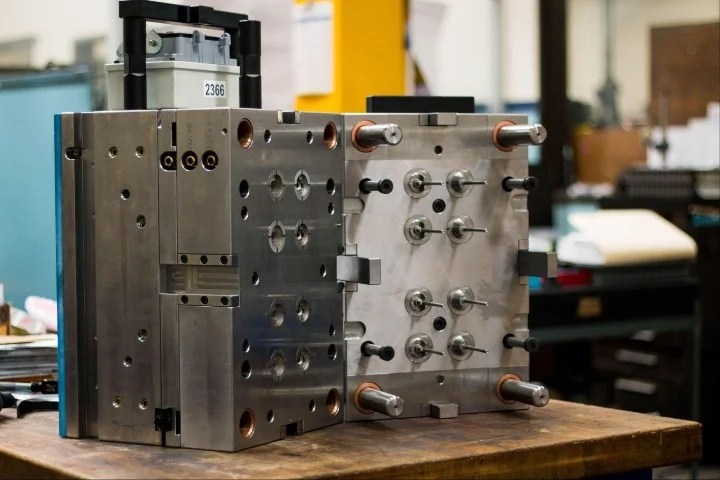Time to read: 5 min
So, you’ve finished the initial design for a new product or part… congratulations! Your R&D stage is complete, which means you’ve started iterating on the design and have a clear vision of:
- What you’re building
- The problem it solves
- Your target user(s)
- The other products in the market that aim to solve the same problem (and how those products were made)
The next, critical step in the development process is to research the best materials for prototyping and ultimately for mass production — a challenging task because there are tons of materials to choose from. Knowing how to select the best material for your design is critical to ensuring the longevity and performance of your design. Read on to learn our best tips for selecting and sourcing the right materials to ensure your product withstands the test of time.
Best Practices for Material Selection
Before you begin prototyping your product, there’s a benefit to carefully considering your production materials and manufacturing processes early on.
For example, if you’re working with plastics, many 3D printing materials were designed to emulate molding resins. So, if you can find a production resin that matches your product requirements, you can pick a prototyping material with comparable specs to your production resin. If you’re unsure which production resin will match your product requirements, you can still test various prototyping materials to assess which comparable production resin is best.
If your part requires the strength and temperature resistance only a metal can provide, you face a different set of decisions. You’ll need to design your metal joint or fastening for mating components based on the material you choose. For example, while stainless steel is reliably simple to weld, metals like aluminum are trickier and require specific design approaches to join. All of these factors, and more, should be considered when doing the task of material selection for design.

Material Selection Strategy Overview
The best material selection explanation that I’ve seen comes from a trustworthy and easy-to-use engineering textbook (M. F. Ashby, Materials Selection in Mechanical Design, 3rd ed., Elsevier Butterworth-Heinemann, Oxford, 2005). This textbook lays out the problem simply with two basic considerations for material selection: the material attributes and function:

Pro-Tip: If you’re looking for a quick guide to choosing a CNC machining material, we’ve got you covered with our CNC Materials Series: Common Materials Used in CNC Projects.
Step One: Screening & Ranking Material Attributes
The first step begins with compiling a full list of possible materials — so start with a list of common materials (Google can show you the best materials or most common materials for your application if you don’t know). Gather as many materials as you can in the beginning, because it will take more work to go back and fill this information in later.
The primary task of this first step is to populate all the attributes that are relevant to your design. This includes those related to the material itself — such as mechanical, thermal, and electrical properties — to the ease of sourcing, and the cost of manufacturing and raw materials. Property limits (ranges for the desired attributes) should be considered at this step. Compiling this data will enable you to remove materials from the list that don’t meet the performance and economic requirements for your design.
Here are some examples of design requirements and their associated material attributes:
| Design Requirement | Material Attribute for Screening/Ranking |
| Lightweight, so it can float on water | Density < 1
g
gcm3
|
| Must maintain strength, form, and function at 350℉ | Maximum service temperature > 350℉ |
Next, take the shortlist of materials and apply constraints that are intended to maximize performance — not just meet the performance requirements — to reduce the list further. Maximizing performance involves looking at the values of material indices that are a combination of two or more material attributes. Material indices arise from the fundamental design requirements of function, objectives, and constraints.
There are many rules of thumb to follow for maximizing performance using material indices. For example, if you want to maximize the performance of a spring, you should evaluate each material’s failure stress divided by Young’s modulus:
material indice for spring performance, maximize 2E
Fortunately, there are materials property charts that provide analysis of material attribute limits vs material indices, which gives you a quick way to analyze which material meets your criteria.

Step Three: Evaluate Supporting Information
The third step in evaluating materials is to consider supporting information about each material. Supporting information characterizes data about the material that’s not readily quantifiable. Examples include:
- Availability
- Pricing
- Corrosion resistance in a specific environment
- Sustainability
- Compatible machining processes (check out our CNC materials here)
You can find supporting information in material data sheets (sometimes called technical data sheets), a quick web search, material handbooks, and textbooks like this one (which is my personal favorite).
To Source Materials, You Need a BOM
After selecting your materials, you’ve got to source the materials for production, which means creating a Bill of Materials or BOM. A BOM is a critical document that gets engineers, procurers, and manufacturers on the same page and communicates the specific “ingredients” that will be used to build your product. You should make sure that your raw materials are correctly specified on the BOM. Check out Fictiv’s helpful webinar, How to Format Your Bill of Materials for practical advice on how to structure your Bill of Materials so you can effectively communicate with suppliers and ensure complete manufacturing cost oversight.
Main Takeaways
A strategic approach to materials and component sourcing is a critical component of successful new product development. If you’re able to start planning early on which materials and manufacturing technologies you’ll use for mass production, you’ll have the advantage of a more systematic and efficient approach to prototyping.
With attention to detail during this development stage, the final result will be a product that looks and feels the way you envisioned and meets your functional and aesthetic requirements.
We all know sourcing is a headache, but Fictiv is your operating system for custom manufacturing that makes part procurement faster, easier, and more efficient. We free you from the pain of procurement tasks like the emails, phone calls, and follow-ups required when working with traditional suppliers.
Create an account and upload your part to see what our instant quote process, design for manufacturability feedback, and intelligent platform can do for you.

